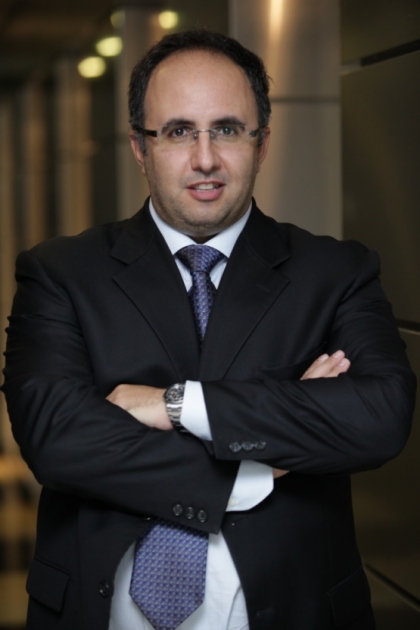
Regional market for high tech products could be worth $125 billion, a sizeable market for region's governments to push for manufacturing localization
The world has witnessed a series of shocks causing widespread disruption to global supply chains. This has pushed governments to consider adding extra layers of resilience across their networks, in particular, in technology and digital, where competition is intensifying to establish national manufacturing ecosystems. In the Middle East, governments actively pursuing economic diversification and localization should carefully select which technology and digital sectors they wish to build and should attract as tenants those global tech companies that are seeking a regional foothold.
According to the latest report by Strategy& Middle East, part of the PwC network, entitled Localizing high tech industries to build resilience and economic growth, the regional manufacture of three major product areas—advanced materials, advanced components, and advanced products—could be worth around $125 billion in revenues by 2025. Middle East countries should seek to localize that value as much as possible, instead of importing it.
(2).jpg)
“The COVID-19 pandemic threw into sharp relief the susceptibility to supply chain disruptions and questioned the region's resilience. It was difficult or impossible for companies to secure all the essential components on which they now heavily depend,” said Alessandro Borgogna, partner with Strategy& Middle East. “Localizing tech and digital is therefore vital as it secures the supply of parts and products that are integral to economic and business activity,” he added.
(1).jpg)
“As competition intensifies to establish national tech manufacturing ecosystems and satisfy captive and global demand, Middle East governments should make the right choices as to which areas they can succeed in,” said Chady Smayra, partner with Strategy& Middle East.
These ecosystems include:
- Financial incentives: The program will take a holistic view of the cost of ownership over a five- to ten-year planning horizon. Incentives for potential tenants may include direct subsidies to lower up-front capital expenditure requirements for greenfield projects.
- Global supply chains: The government will also need to ensure seamless integration into global supply chains, enabled by reliable and modern physical infrastructure for road, sea, and air transport, and by digital networking capacity.
- Regulatory and policy support: Reforms to import/export and customs regulations may further support efficient logistics systems. Requirements targeted to emerging technologies may include policies to support IOT adoption, security protocols to prevent hacking and protect user data, augmented reality/ virtual reality content regulations, strong intellectual property protection frameworks and conflict resolution mechanisms, and frameworks to encourage the ethical use of products and define product liability.
- Reliable and cost-effective utilities infrastructure: Reliable utilities are an important prerequisite for localization. Governments can also leverage the Middle East’s natural advantages in wind and solar power to satisfy requirements from manufacturers committed to renewable energy as part of their decarbonization strategies.
- Talent: The government can work to develop national talent pools while also streamlining visa processes to make it easier to hire foreign labor. To encourage foreign workers with needed skills to relocate to the region, the government can provide services that will support a quality of life in line with international standards, such as world-class schools, healthcare, and entertainment centers. It can also offer talent-related financial incentives to manufacturers, including tax credits for hiring qualified in-country talent and grants to cover employee training.
- Enabling business and trade policies: To boost investor confidence, the government must take steps to ensure investors can easily and securely conduct business. This effort may include instituting regulatory policies that permit 100 percent company ownership; easing the process for profit repatriation; offering long-term land leases; passing favorable intellectual property protection laws; and ensuring high financial recovery rates for shareholders in the event of bankruptcy.
(1).jpg)
“Companies that invest significantly in R&D warrant special consideration; given the blistering pace of change in the tech industry, these companies are more apt to retain their leadership position and remain viable over the long term,” said Maha Raad, principal with Strategy& Middle East.
Already in the Middle East, NEOM Tech & Digital Company, founded in 2021 as the first subsidiary to be established out of NEOM, is building advanced digital infrastructure. Likewise, the industrialization and innovation strategy of the UAE led by Mubadala projects is focused on localization of high-tech products.
“To bolster the likelihood of success with its localization strategy, governments should target start-ups who are innovating with cutting-edge tech or tenants that hold leadership positions in their industries who, by virtue of their prominence, can attract other companies into their operating sphere,” concluded Raad.





























